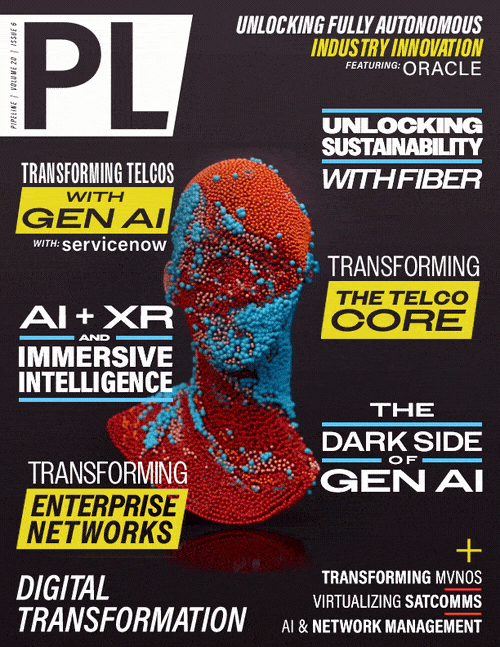Green Speed: Unlocking a Sustainable
Future with Fiber Broadband
emissions are significantly cut. A study in Maine found that vehicle travel, which normally produces 54 percent of Maine’s greenhouse gas emissions, fell by a third during the early part of the Covid pandemic when people switched to working from home. Likewise, smart buildings connected by fiber use energy management systems, and connected appliances optimize energy use, creating eco-friendly homes and workplaces. Fiber is also making businesses and enterprises more sustainable by replacing traditional copper local area networks (LAN). Optical LANs are far more power efficient, with an energy cost reduction of fiber-based local infrastructure in the region of 70-80 percent.
In agriculture, high-speed fiber broadband enables precision agriculture and smart farming. GPS, drones, and sensors help farmers use real-time data to make better decisions on irrigation or
fertilizer use, reducing energy, waste, and increasing yields.

A cherry farm in New Zealand is using high-definition cameras to scan their produce, analyze those images in the cloud, and then sort their cherries for quality and route them automatically, all
with high-speed fiber broadband. Increased productivity saves energy, reduces waste and hence reduces the overall environmental impact.
This type of Industry 4.0 application is making warehouses, factories, and other industrial complexes around the world far more productive, efficient, and sustainable.
A Fiber Future Means Sustainable Connectivity
While fiber's current impact is impressive, the industry is committed to further optimizing the entire fiber lifecycle, from manufacturing to end-of-life. This means selecting low-carbon materials and ensuring equipment is designed for longevity and efficient recycling.
Today, fiber is the fastest growing broadband technology, so it has huge potential to help save energy in homes, businesses, farms, etc. By 2025, it is expected that 1 billion residential and business will be connected over fiber, and fiber will be at the reach of 50 percent of the population. Over this same time, more networks will also upgrade from GPON to XGS-PON, halving the energy required per port.
25G PON brings an even greater efficiency gain, delivering a 12.5-fold capacity boost over GPON for only a 2.5-fold power increase. With 0.25 watts per gigabit power consumption, 25G PON is the most energy efficient broadband access technology available today. Moreover, each of these upgrades can be made simply by changing optics in fiber nodes: none of the existing fiber infrastructure needs to be dug up or replaced, thus avoiding additional environmental impact.
Fiber broadband isn't just about lightning-fast speeds and seamless connectivity; it's about building a greener future. As we invest in fiber, we connect people, empower industries, and pave the way for a more sustainable world. And as we make more fiber connections, we ensure every byte transmitted carries the weight of positive environmental change.



















